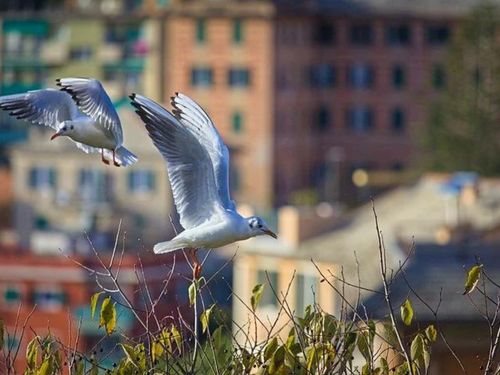How animals are evolving to thrive in cities
Nov 22, 2021 · 2 mins read
0
Share

Urban wildlife is expanding and evolving faster than expected. Like other cities, London is home to exotic wildlife and is as biodiverse as some wildernesses. Mumbai has leopards, Boston turkeys, Chicago coyotes and Newcastle kittiwakes.
Save
Share
Surprisingly, suburbs are richer in wildlife than the "green belts".Gardens, ledges, drains, walls, trees and roofs are full of niches for everything from foxes to flowers and moths. All environmental objections to housing development sound bogus now, don't they?
Save
Share
Matt Ridley, known for his writings in environment suggests that since animals have shorter lifespans than us and no welfare state, they are genetically adapting faster to the concrete world than we are. In his words "We have unleashed an unprecedented burst of natural selection"
Save
Share
Once a species thrives in a man-made habitat, it may find itself giving up living elsewhere. This is probably what happened to sparrows and swallows, they adapted so well to nesting in buildings that the genes of their tree or cliff-nesting cousins died out.
Save
Share
Urban landscapes have presented new evolutionary pressures - street lights confuse and kill moths, noise drowns out birdsong. However, it is these very novelties that bring out the ingenuity in evolution.
Save
Share
For eg, killifish in polluted American harbours have developed genetic resistance to industrial pollutants, Acorn ants in Ohio can withstand temperatures higher than country ants and Mexican sparrows use cigarette stubs in their nests keep mites from feeding on their chicks.
Save
Share
Birds and grasshoppers are singing higher pitched songs in cities to drown out the traffic sound and find their mates. Pigeons in urban areas have darker plumage because melanin pigment binds zinc, excreting it from the body and improving the birds’ health.
Save
Share
Dr Schilthuizen, an evolutionary biologist and ecologist argues that “as the urban environment expands its reach, it will become more and more an ecosystem in its own right, writing its own evolutionary rules and running at its own evolutionary pace”.
Save
Share
This tale of urban biodiversity might not sit right with many of us. We all have our concerns on human interference in nature. After all, in recent centuries we have lost 61 of 4,428 species of mammals and 129 of 8,971 birds.
Save
Share
The expanding urban wildlife cannot compensate for the extinction crisis, but, we can duly appreciate the genetic changes happening our concrete urban spaces for giving birth to new species.
Save
Share
0